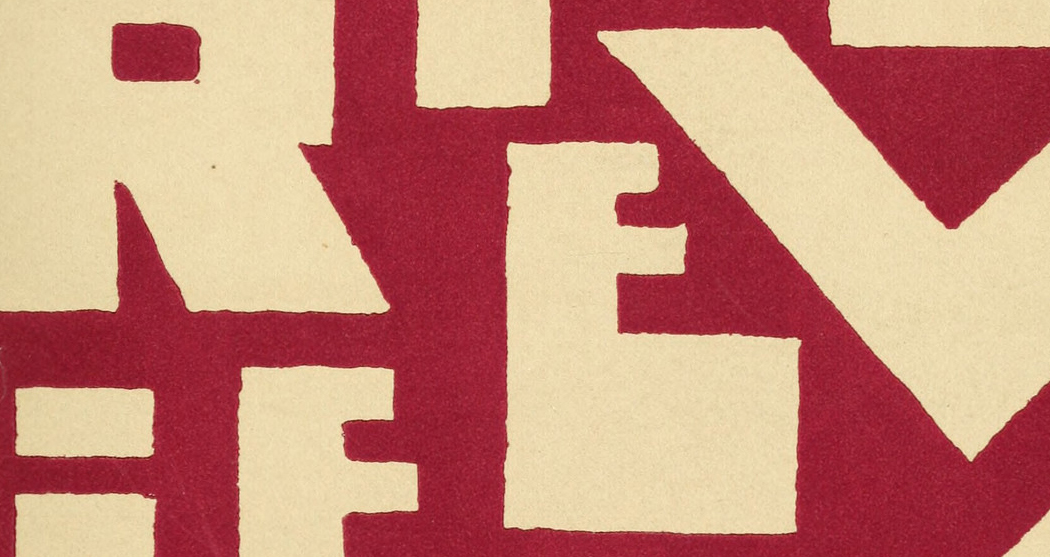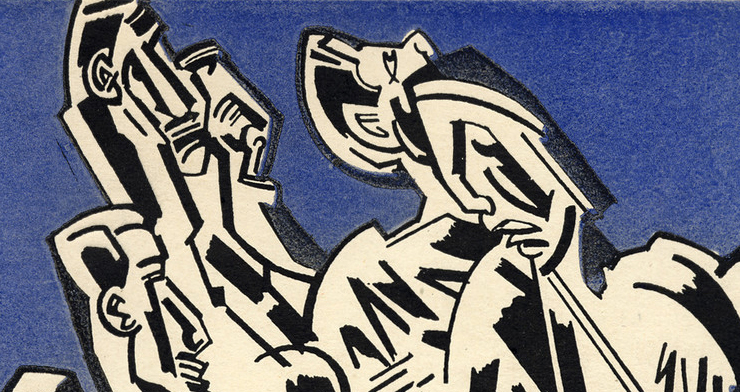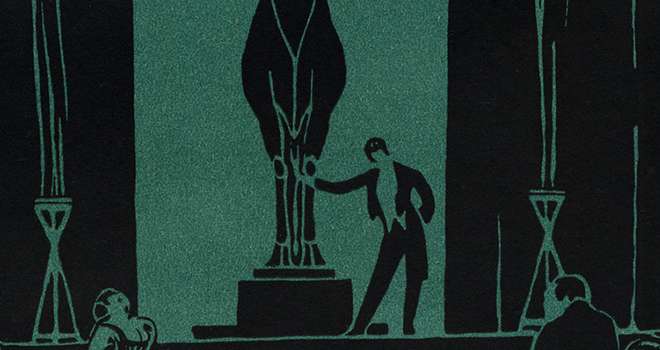What an amazing novel! Given the subject of this course, I wanted to begin by discussing the erasure of cultural memory that Remarque describes in the second chapter of the novel. At the beginning of the second chapter, Paul states, “We young men of twenty, however, have only our parents, and some, perhaps, a girl . . . Besides this there was little else—some enthusiasm, a few hobbies, and our school. Beyond this our life did not extend. And of this, nothing remains. . . . We had as yet taken no root. The war swept us away” (20). Later, describing his initial training, he continues, “We learned that a bright button is weightier than four volumes of Schopenhauer. At first astonished, then embittered, and finally indifferent, we recognized that what matters is not the mind but the boot brush, not intelligence but the system, not freedom but drill. . . . With our young, awakened eyes we saw that the classical conception of the Fatherland held by our teachers resolved itself here into a renunciation of personality such as one would not ask of the meanest servants” (22). In both of these examples, Paul and his fellow soldiers are being stripped of the cultural memory that they had previously developed. All the knowledge that was useful or desirable before the war is replaced by “salutes, springing to attention, parade-marches, presenting arms, right wheel, left wheel, clicking the heels, insults, and a thousand pettifogging details” (22).
Under the surface here, I think there might rest the latent question of how a society that produced works such as Schopenhauer’s could also produce this senseless war. Paul and his peers feel betrayed by those whom they previously admired, such as Kantorek, who “were convinced that they were acting for the best—in a way that cost them nothing” (12). The Kantoreks of the world could not adequately prepare the younger generation for the horrors they would soon face, even though they subjected people such as Paul to “long lectures” encouraging participation in the war effort (11). Through exposure to the war, the younger generation realizes that they are “all at once terribly alone”; as Paul claims, “[O]ur generation was more to be trusted than theirs,” and, finally, Paul and his peers “saw that there was nothing of [the older generation’s] world left” (13). The world for which Paul and the other soldiers are prepared to give their lives is also the world in which “the wrong people do the fighting,” a world that gave them hope for the future and then shattered it by sending them to fight in a meaningless war. As Katczinsky succinctly remarks, “Give ‘em all the same grub and all the same pay / And the war would be over and done in a day” (41).
Relatedly, I thought that Remarque did an excellent job of portraying the internal war, so to speak, between the inherent innocence and youthfulness of the soldiers and the toughness and cynicism that they must show in the actual war. While describing the punishment that he went through during training, Paul states, “We became hard, suspicious, pitiless, vicious, tough—and that was good; for these attributes were just what we lacked” (26). However, despite this hardness, their youthfulness still rests under the surface. For instance, Paul admits, “[W]hen we go bathing and strip, suddenly we have slender legs again and slight shoulders. We are no longer soldiers but little more than boys” (29). He continues, “It is a strange moment when we stand naked; then we become civilians, and almost feel ourselves to be so” (29). With the removal of their gear, they revert to a pre-war state—or, at least, a facsimile of one. Perhaps, in this way, the young soldiers are partially preserving cultural memory. Perhaps, the Great War has not entirely “swept [them] away” (20).
I have plenty of other thoughts, but in the interest of keeping this post brief, I will save them for our class discussion!


